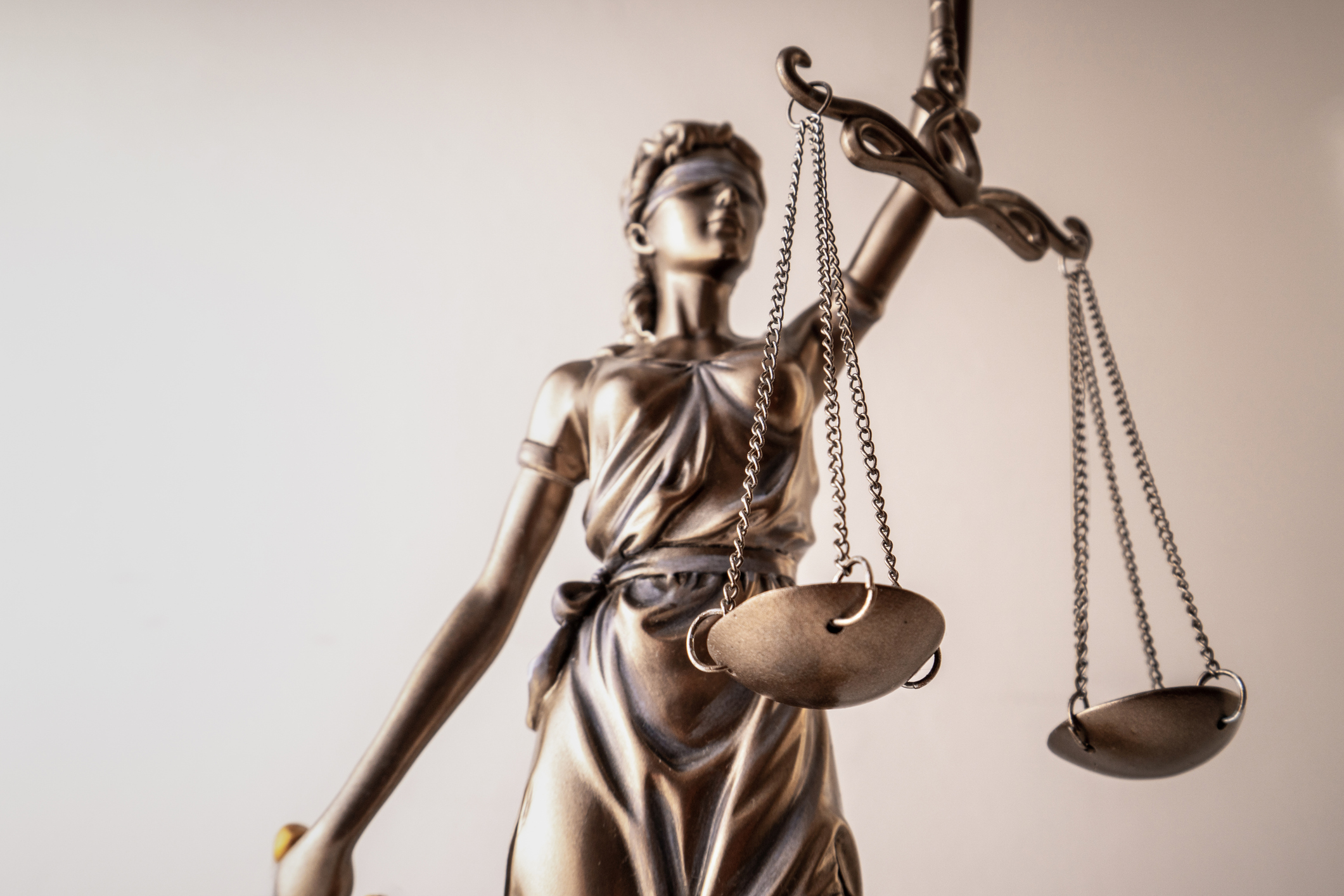Breaking Down the Influences of Legal System Abuse
Carriers and defense counsel work tirelessly to combat the effects of legal system abuse. However, jury sentiment and other contributing factors remain significant challenges in addressing the issue.
September 23, 2024

Legal system abuse is a leading driver behind continued increases in liability claims costs for businesses across the United States.
“These cost increases result from the filing of frivolous lawsuits, inflating claims, broader definitions of liability, more plaintiff-friendly courts, third-party litigation funding, and larger compensatory jury awards,” said Nick Kriegel, Chief Innovation Officer and General Counsel at Safety National. “These growing liability awards, along with the resulting rise in insurance costs for businesses, make it more difficult for companies to operate profitably in some areas of the country.”
Jury Sentiment
It is impossible to point to one single cause of legal system abuse; jury demographics, income inequalities, social pessimism, and defense strategies have all contributed to a paradigm shift in how cases are tried, resulting in an increasing number of so-called “nuclear” jury awards that exceed $10 million. Juries are being influenced by per diem pain and suffering damages arguments, as well as being anchored by plaintiffs’ demands to make companies pay large verdicts. These factors, when coupled with the public desensitization to large monetary figures and the resulting devaluation of money, can lead to decreased prudence among juries when assessing damages resulting from liability claims.
Reptile Theory
Plaintiff attorneys have likewise shifted tactics to prey upon the base instincts of juries when arguing in favor of large liability awards. “Reptile theory” is a trial strategy used by plaintiff attorneys that focuses on jury members’ instinct to protect the interests of themselves and the community by over-punishing a defendant. Attorneys shift the focus from the plaintiff’s actual injuries and try to convince the jury that the defendant’s conduct is a threat to the community as a whole, thus resulting in awards far exceeding the value of the actual injuries.
Litigation Funding
While the psychology of the jury has long been a tool used by the plaintiff’s bar to draw large awards from liability litigation, a new weapon is now being deployed to drive litigation costs. Litigation funding allows financiers, or “silent investors,” to invest in lawsuits in exchange for a portion of the settlement. Litigation funding has faced worldwide criticism due to its lack of transparency and the associated potential ethical risks. With the potential of foreign investors being involved within our judicial system, there is added concern about national security and the ongoing lack of transparency towards all involved in these funding mechanisms. Insurers often struggle to know who they are up against but are fighting to reveal who is behind the funds, with groups like the American Property Casualty Insurance Association (APCIA) working to ensure that all parties involved in litigation are disclosed.

























